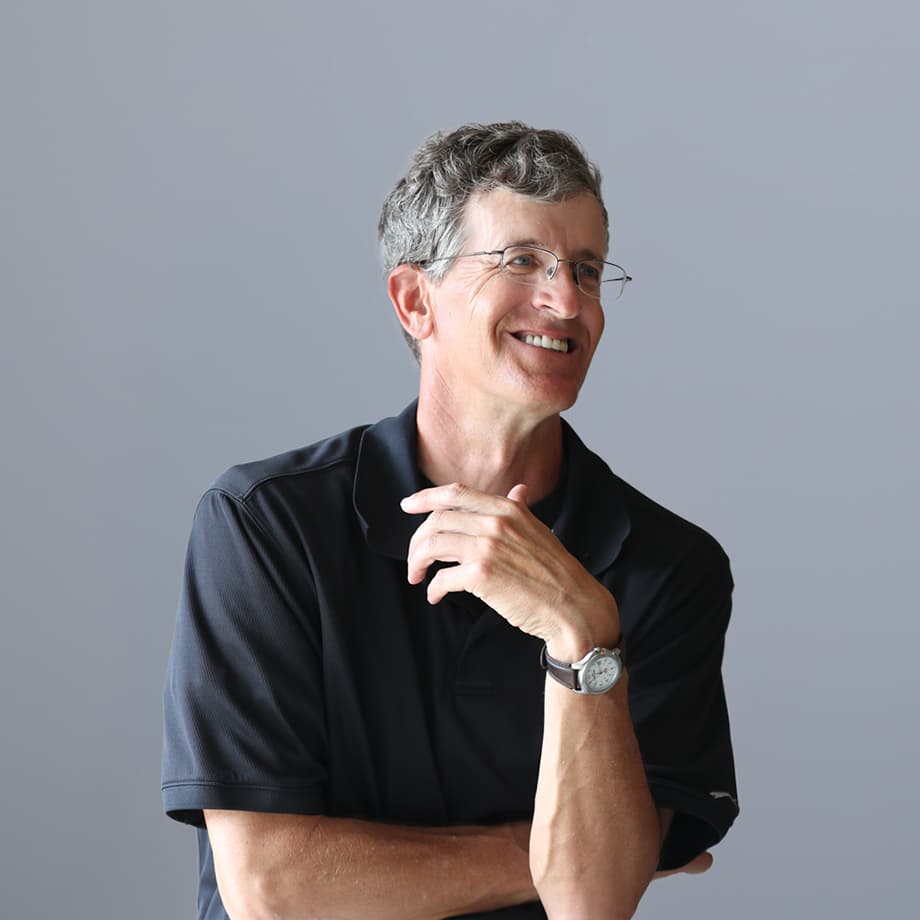
Leadership and Change with 80/20
Change the world, and the results will follow. Vision-led thinking starts with a promise to oneself that we never again say "We’re going to under-promise and over-deliver.”

There is a scene in the classic movie Butch Cassidy and the Sundance Kid where Butch (the affable leader played by Paul Newman) conspires with his closest friend Sundance (played by Robert Redford). In this particular scene, the two Wild West outlaws discuss Butch's latest scheme and Butch delivers the iconic line "Boy, I got vision, and the rest of the world wears bifocals."
I've thought about that scene, that line, a lot over my 62 years. That line has resonated with me for years, pushing me to think big, to always ask “Why?” and to have a solid answer. I always wanted to ensure that I was thinking big enough, that I was striving to "drive beyond headlights.”
This is particularly challenging for manufacturing people, I've found.
Full disclosure: I'm a manufacturing person. Yes, yes, I've worked in just about every discipline, but I've always been happiest in manufacturing, in MAKING something. It's just so satisfying to make things, and make them well. While it's incredibly fulfilling to create something tangible, too often manufacturers lose some or all their vision when they start churning out whatever comes "down the pike."
Yet, as the final hands to touch a product before it reaches the customer, manufacturing holds a critical position. It's incumbent upon manufacturing to be that last line of defense, or that first line of deeper understanding...and ask "why?" Why are we making this? How does this make the world a better place?
In a world obsessed with metrics and continuous (often incremental) improvements—where manufacturers are usually happiest—the "why" often takes a backseat. Doing things a little faster, a little better, and a little safer every day is the manufacturing mantra, and the belief is that this "1% better every day" thinking will get us someplace special over time. This is not usually the case. Typically, this will get us to a better place, but not a special place. Getting to that special place requires vision, a clear understanding of why we're doing what we're doing.
That “why,” that purpose should be nothing short of changing the world. As I always say, "Change the world, and the results will follow."
Do the products we create genuinely enhance the lives of those who use them? Do they make the end users' lives demonstrably better? If not, what can we do to ensure that they did?
It begins with a shift in mindset. Vision-led thinking starts with a promise to oneself that we never again say "We’re going to under-promise and over-deliver.” How often do we hear that in business, in manufacturing? Too often, as I see it. To me, under-promising and over-delivering is boring, and leads to small incremental gains that take a long time to add up, if they ever do. Instead, embrace the mantra "I'm going to overpromise and get close.” Now, you'll get close to achieving real vision, simply by pushing the boundaries of what's possible and not limiting the outcome.
I saw a great example of this the other day. I was in my local grocery store, and one of my favorite checkout clerks, Patty, was there. She's always in a good mood, always smiling...even at 7:05 am on a Sunday! This last visit, I found out that she's 88 years old! I told her that she is amazing, and she said, “You’d be even more amazed, perhaps, if you knew that I had polio twice as a child, and wear braces on my legs to this day.” Astonishing. Then she added, "and even though it came too late for me, I'm so grateful to Dr. Jonas Salk for his polio vaccine. It meant so much to so many children. I'm so glad that his vision was to eradicate polio in our time.” Now, that's vision. That's overpromising. That's changing the world. That's what it takes. Dr. Salk didn't think about how to manufacture the vaccine most efficiently, though that was certainly important ultimately. What was most important, though, was changing the world for generations of children...the results followed.
Change the world thinking can also have far more humble roots. One particularly gratifying experience I had was with a company that had a solution for schools to pulp their lunch waste, and in so doing turn a full dumpster into a 55 gallon drum... slashing landfill usage by at least 90%. The schools were interested, but the product was too expensive. However, the drive to change the world for the schools remained; so, the company innovated. They reduced the time needed to produce the machines by >50%—making it very affordable. As a result, landfills are smaller, everywhere. Unsurprisingly the company did very well also...change the world, results follow.
We must strive to think vision, to change the world, and let the results follow. It's not the conventional path, but it's undoubtedly the most rewarding one. Adopting this often delivers very different (and better) thought patterns.
Another movie vignette comes to mind. At the end of The Bourne Ultimatum, an assassin has his gun on the protagonist Bourne. The assassin asks Bourne "Why didn't you take the shot?" referencing an earlier scene in which Bourne had his gun on HIM. Bourne replies, "Do you even know why you're supposed to kill me?" That's all it takes, often, asking why. The assassin reflects and drops his weapon. Asking why has the power to alter the course of events, to save a life, and perhaps, even change the world.
-

Landfill usage
-90%
Vision-led thinking resulted in a solution for schools to pulp their lunch waste, and in so doing turn a full dumpster into a 55 gallon drum... slashing landfill usage by a whopping 90%.

Leadership and Change with 80/20

Leadership and Change with 80/20

Simplification Drives Profitability

Simplification Drives Profitability

Debunking Five Common Myths About 80/20

Debunking Five Common Myths About 80/20
Contact us to see how we can help your business today.
Never miss a beat. Get our latest insights in your inbox.